Ether Kinsky
Extraits
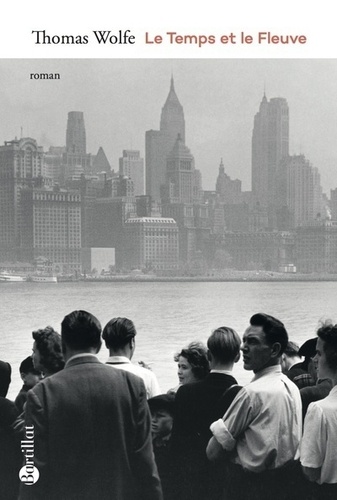
Littérature anglo-saxonne
Le temps et le fleuve. Légende de la faim d'un homme dans sa jeunesse
07/2023

Pape François
Sois heureux ! Le bonheur est possible, dès maintenant
09/2023

Critique littéraire
Jean Lorrain. Miroir de la Belle Epoque
05/2005

Littérature française
Heliotrope
05/2019
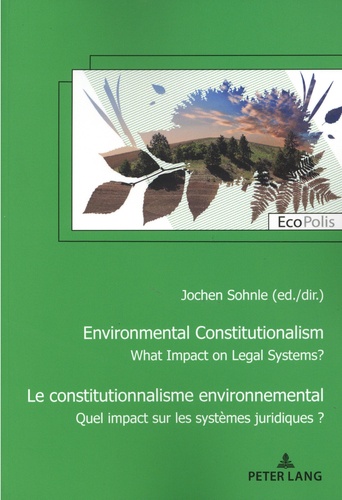
Droit
Le constitutionnalisme environnemental. Quel impact sur les ordres juridiques ? Edition bilingue français-anglais
10/2019
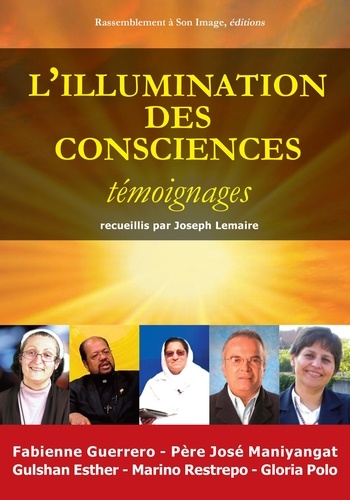
Religion
L'illumination des consciences. Des témoins racontent ce qu'ils ont vu et vécu
11/2015
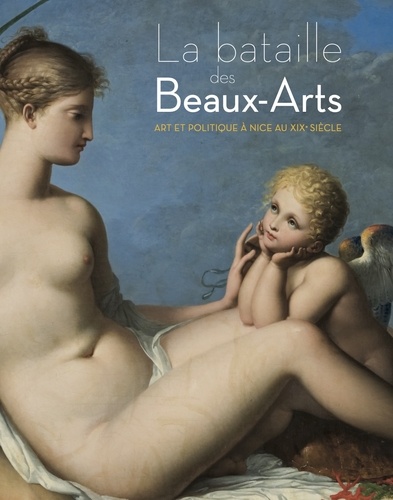
Musées français
La bataille des Beaux-Arts. Art et politique à Nice au XIXe siècle
09/2021
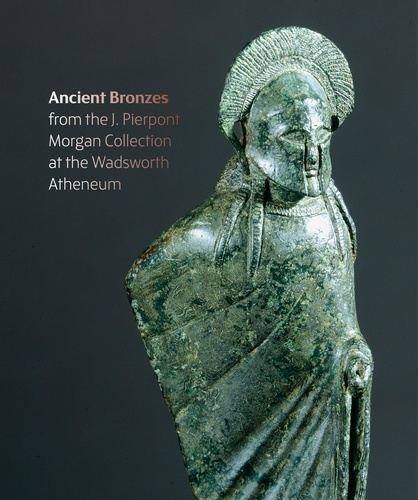
Fer forgé
Ancient Bronzes
03/2023
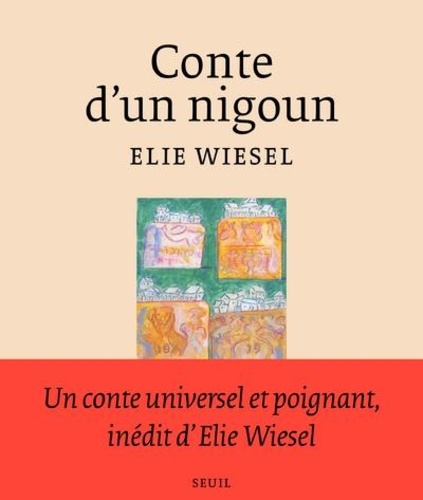
Littérature anglo-saxonne
Conte d'un nigoun
11/2021
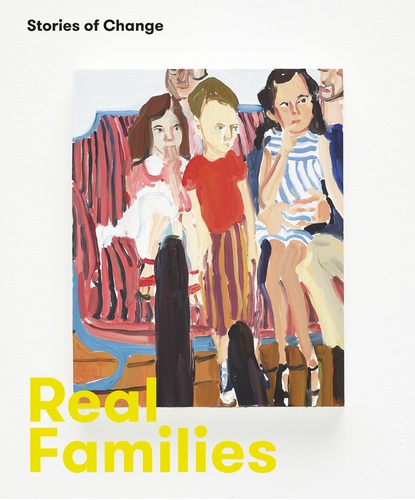
Mouvements artistiques
Real Families. Stories of Change
11/2023
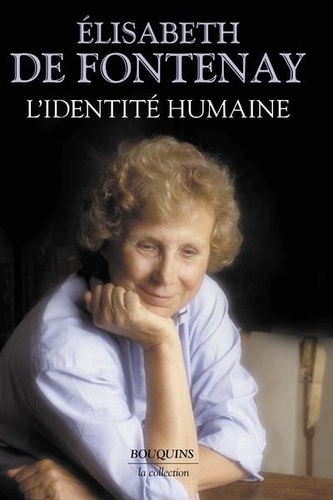
Autres philosophes
L'identité humaine
10/2021

Terrorisme
Hyper-Héros. L'histoire de l'homme à la casquette
12/2021

Histoire internationale
Charge of the Bull
06/2012

Histoire et Philosophiesophie
The Undergrowth of Science. Delusion, self-deception and human frailty
01/2000

Histoire et Philosophiesophie
SCIENCE, TECHNOLOGY AND SOCIETY IN CONTEMPORARY JAPAN
01/1999
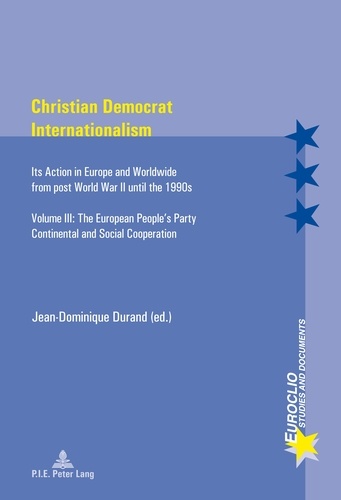
Histoire de France
Christian Democrat Internationalism. Its Action in Europe and Worldwide from post World War II until the 1990s- Volume III: The European People’s Party- Continental and Social Cooperation
12/1986
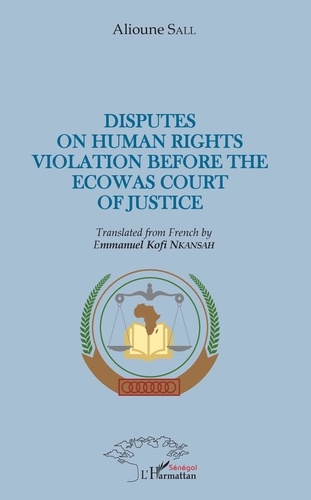
Droit
Disputes on human rights violation before the ecowas court of justice
07/2019
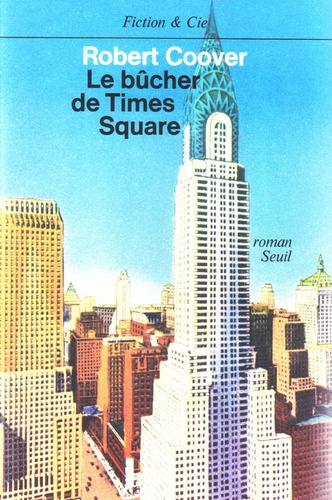
Littérature étrangère
Le bûcher de Times Square
05/1980
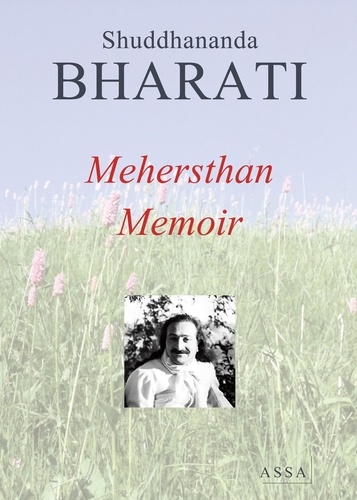
Littérature française
Mehersthan Memoir (Meher Baba)
07/2017
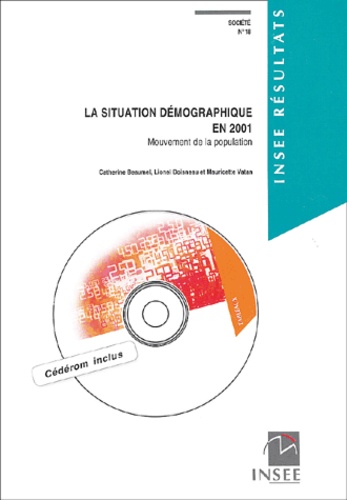
Géographie
La situation démographique en 2001. Mouvement de la population, avec 1 CD-ROM
08/2003

Histoire et Philosophiesophie
Thinking about Physics
01/2000

Histoire et Philosophiesophie
SCIENCE AND TECHNOLOGY IN WORLD HISTORY. An introduction
01/1999

Beaux arts
Tiepolo in Milan. The Lost Frescoes of Palazzo Archinto
04/2019
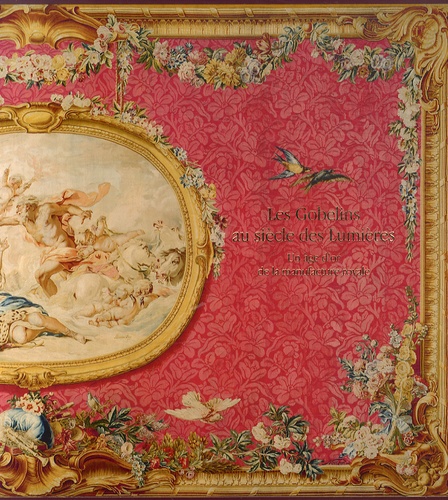
Décoration
Les Gobelins au siècle des Lumières. Un âge d'or de la manufacture royale
04/2014
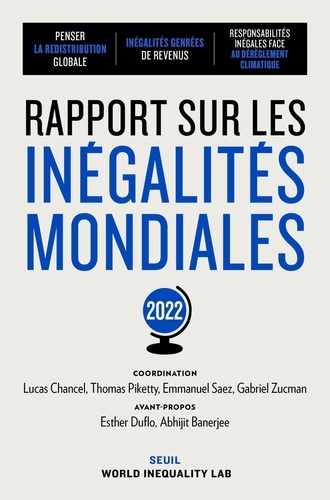
Economie - Publication annuell
Rapport sur les inégalités mondiales 2022
04/2022

Jazz, Blues, Soul, Rap, Reggae
Mystère Monk
10/2022
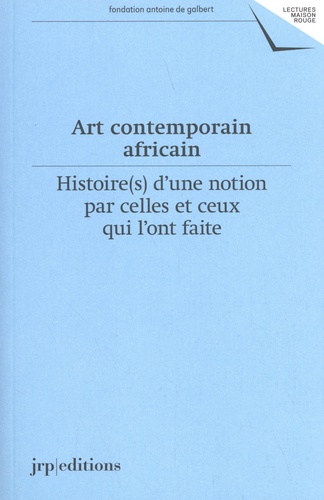
Art contemporain
Art contemporain africain. Histoire(s) d'une notion par celles et ceux qui l'ont faite
03/2021
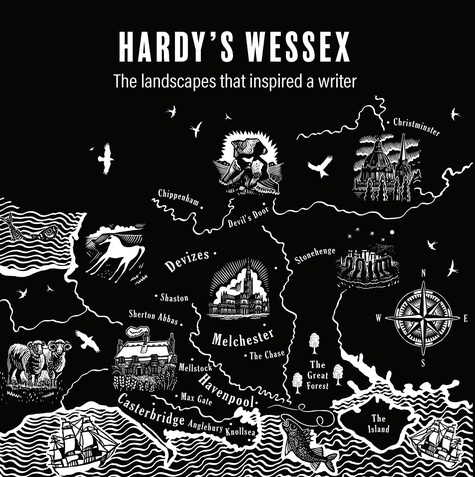
Monographies
Hardy's Wessex. The landscapes that inspired a writer
06/2022
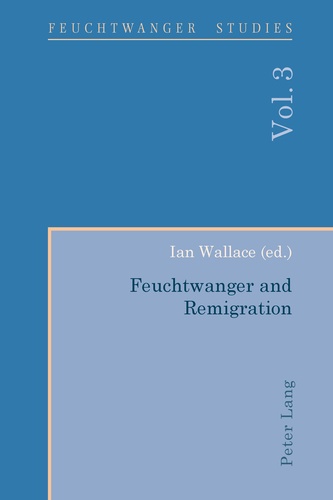
Non classé
Feuchtwanger and Remigration
05/2013

Monographies
Burmese Silver from the Colonial Period
09/2022

